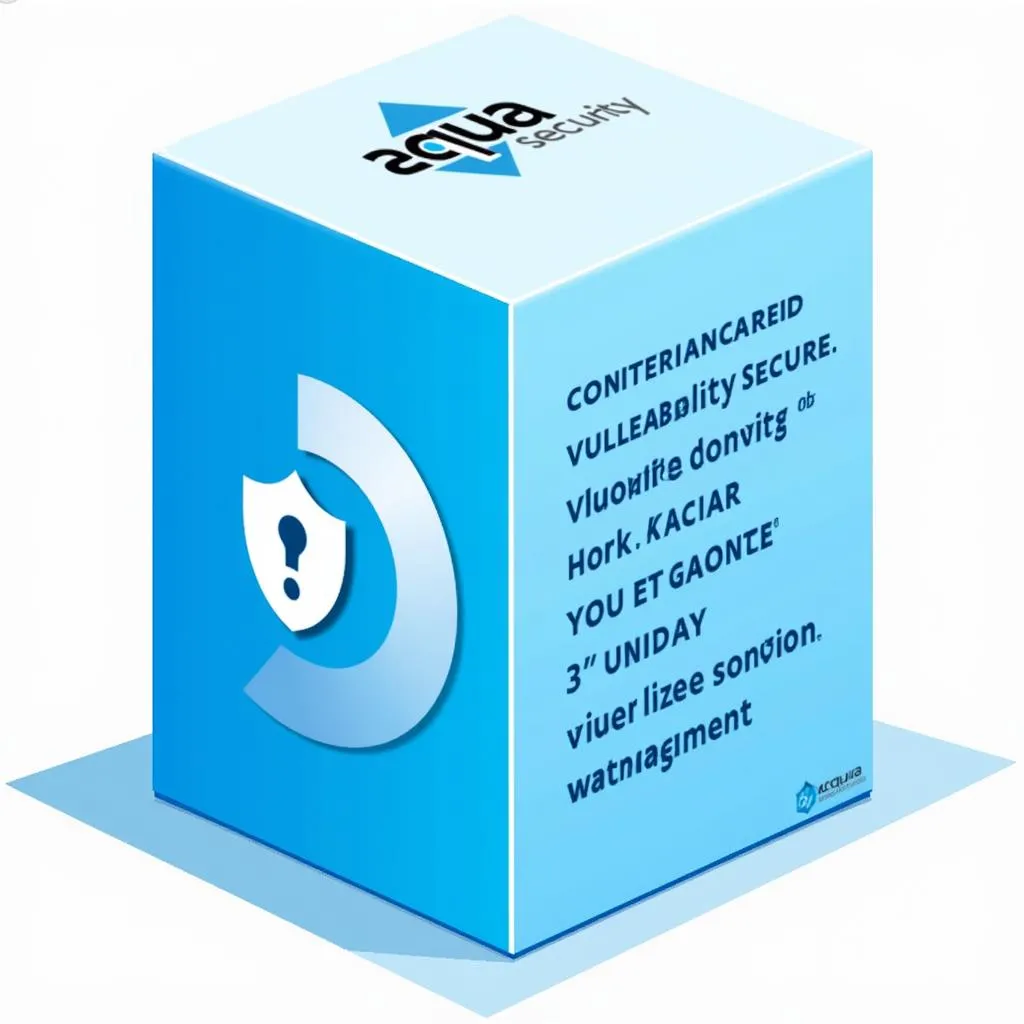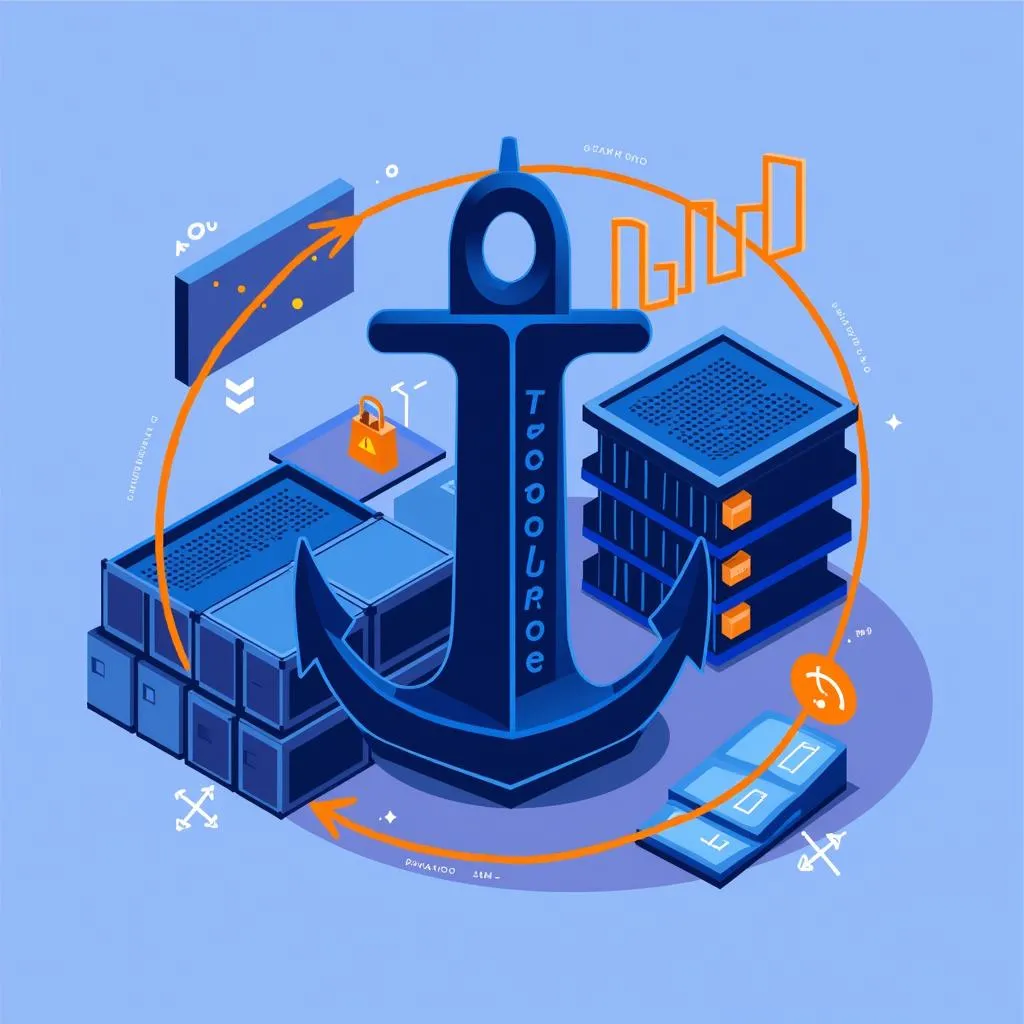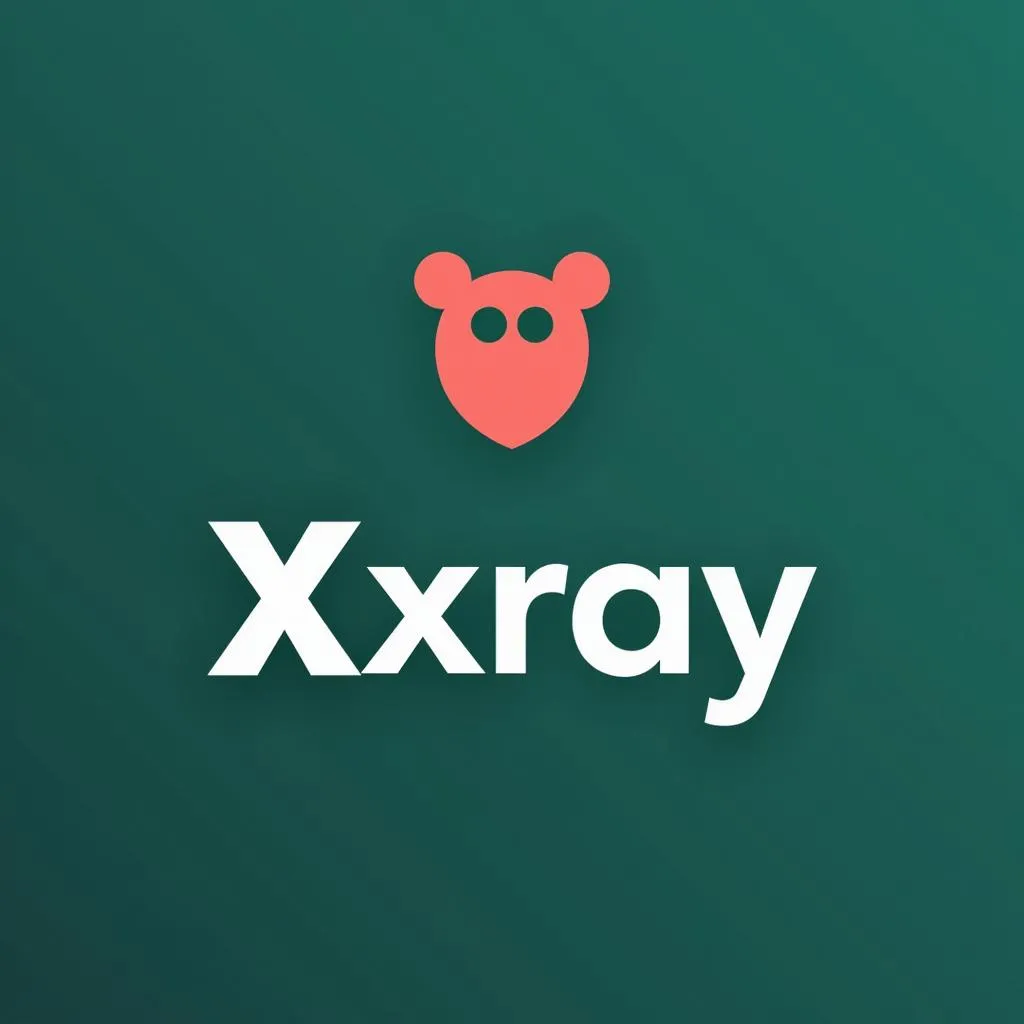Containerization has revolutionized software development and deployment, allowing for faster and more efficient delivery of applications. However, this increased speed comes with inherent security risks. Container images can harbor vulnerabilities, posing a significant threat to your software supply chain. That’s why using the best container scanning tools is crucial for safeguarding your applications and ensuring secure software development practices.
Why Is Container Scanning So Important?
Containers are essentially lightweight, portable, and self-contained packages that bundle everything needed to run an application, including code, libraries, dependencies, and runtime environment. They provide a consistent and isolated environment for running applications, making them ideal for microservices architecture and cloud-native development.
However, containers can also introduce security vulnerabilities if not properly scanned. This is because they often inherit dependencies from the underlying operating system or from other software components, which may contain known vulnerabilities. These vulnerabilities can be exploited by attackers to gain unauthorized access to your applications, data, or even your entire infrastructure.
Container scanning tools can help identify and mitigate these risks by automatically analyzing container images for known vulnerabilities and configuration issues. They provide valuable insights into the security posture of your containers, allowing you to take proactive steps to secure your applications and software supply chain.
Types of Container Scanning Tools
Container scanning tools can be broadly categorized into the following types:
1. Static Analysis Tools: These tools examine the code and configuration files within a container image without actually running the container. They analyze the source code for common vulnerabilities and misconfigurations, providing a comprehensive overview of potential security risks.
2. Dynamic Analysis Tools: These tools scan containers in a running environment by monitoring system behavior and network traffic. They detect vulnerabilities that may not be apparent during static analysis by simulating real-world attacks and analyzing the container’s response.
3. Hybrid Analysis Tools: These tools combine the strengths of static and dynamic analysis, providing a more comprehensive and effective security assessment. They leverage both code analysis and runtime behavior monitoring to detect a wider range of vulnerabilities.
Key Features to Look for in Container Scanning Tools
When choosing the best container scanning tools for your organization, consider these key features:
- Vulnerability Database: The tool should have access to a comprehensive and up-to-date vulnerability database, including CVEs (Common Vulnerabilities and Exposures) and other security advisories.
- Image Scanning: The tool should be able to scan container images from various sources, including registries like Docker Hub and private registries.
- Policy Enforcement: The tool should allow you to define and enforce security policies, ensuring that only compliant images are deployed.
- Reporting and Remediation: The tool should provide clear and actionable reports on identified vulnerabilities, including remediation guidance and recommended fixes.
- Integration: The tool should integrate seamlessly with your existing development and deployment workflows, such as CI/CD pipelines.
- Ease of Use: The tool should be easy to set up, configure, and use, even for non-security experts.
- Scalability: The tool should be able to handle the scanning of a large number of container images, ensuring scalability as your development needs grow.
Top Container Scanning Tools
Here are some of the best container scanning tools available in the market:
1. Aqua Security:
- A comprehensive cloud-native security platform that provides a wide range of security features, including container scanning, runtime protection, and compliance management.
 Aqua Security Container Scanning Tool
Aqua Security Container Scanning Tool
2. Snyk:
- A developer-first security platform that helps you find and fix vulnerabilities in your code, containers, and open-source dependencies.
 Snyk Container Scanning Tool
Snyk Container Scanning Tool
3. Twistlock:
- A comprehensive container security platform that provides a range of features, including vulnerability scanning, runtime protection, and compliance management.
 Twistlock Container Scanning Tool
Twistlock Container Scanning Tool
4. Anchore Engine:
- An open-source container security platform that provides vulnerability scanning, image analysis, and policy enforcement capabilities.
 Anchore Engine Container Scanning Tool
Anchore Engine Container Scanning Tool
5. JFrog Xray:
- A comprehensive software supply chain security platform that offers vulnerability scanning for containers, packages, and artifacts.
 JFrog Xray Container Scanning Tool
JFrog Xray Container Scanning Tool
How to Choose the Best Container Scanning Tool
Choosing the right container scanning tool can be challenging, as there are many different options available. Here’s a checklist to help you choose the best tool for your needs:
- Integrate with your existing tools: The tool should integrate seamlessly with your existing development and deployment workflows, including CI/CD pipelines.
- Consider your budget: The cost of the tool should be within your budget, and the pricing model should be transparent and understandable.
- Evaluate the features: The tool should provide the necessary features for your specific needs, including vulnerability scanning, policy enforcement, reporting, and remediation.
- Test the tool: Before making a decision, it’s essential to test the tool with your own container images to ensure it meets your requirements.
- Read reviews and compare features: Research different tools, read user reviews, and compare features to find the best option for your organization.
Beyond Container Scanning: A Holistic Approach to Container Security
While container scanning is essential for securing your applications and software supply chain, it’s just one part of a comprehensive container security strategy. Here are some additional steps you can take:
- Implement least privilege: Grant containers only the necessary permissions to perform their tasks, minimizing the potential impact of a security breach.
- Use immutable infrastructure: Ensure that container images are immutable, preventing attackers from tampering with them after deployment.
- Scan and secure your base images: Secure your base images by scanning them for vulnerabilities and using trusted sources.
- Monitor your containers in runtime: Continuously monitor your running containers for suspicious activity and anomalies.
- Keep your tools updated: Regularly update your container scanning tools and other security software to ensure they’re protected against the latest threats.
Frequently Asked Questions
Q: What are the benefits of using container scanning tools?
A: Container scanning tools offer several benefits, including:
- Early vulnerability detection: Identifying vulnerabilities early in the development lifecycle can help prevent costly security breaches.
- Reduced risk of security breaches: Scanning containers for vulnerabilities can help mitigate the risk of attackers exploiting known weaknesses.
- Improved compliance: Using container scanning tools can help organizations meet compliance requirements and industry standards.
- Enhanced security posture: Container scanning tools provide a comprehensive overview of your container security posture, allowing you to take proactive steps to secure your applications.
Q: How often should I scan my container images?
A: You should scan your container images regularly, ideally at least once a week, but more frequently if there are changes to your application code, dependencies, or base images.
Q: Can container scanning tools detect all vulnerabilities?
A: While container scanning tools can detect many vulnerabilities, they may not be able to identify all potential security issues, particularly those that are new or unknown. Therefore, it’s important to implement a multi-layered security approach that includes other security measures, such as runtime protection and vulnerability management.
Conclusion
Container scanning tools are crucial for securing your applications and software supply chain in today’s complex and rapidly evolving threat landscape. By implementing these tools and adopting best practices, you can significantly reduce your risk of security breaches and ensure the safety and integrity of your containerized applications.
Choose the best container scanning tool for your needs, considering the key features, integration with your existing tools, budget, and ease of use. Remember that container scanning is just one part of a comprehensive container security strategy. By combining container scanning with other security measures, you can create a robust and secure container environment that safeguards your applications and data.
Remember, securing your software supply chain is an ongoing process, requiring continuous vigilance and adaptation to emerging threats. By staying informed about the latest security trends and best practices, you can keep your containerized applications secure and your business protected.
For assistance in selecting the best container scanning tool or implementing a comprehensive container security strategy, contact our team at DiagXcar. We are here to provide expert guidance and support to help you secure your applications and software supply chain.


